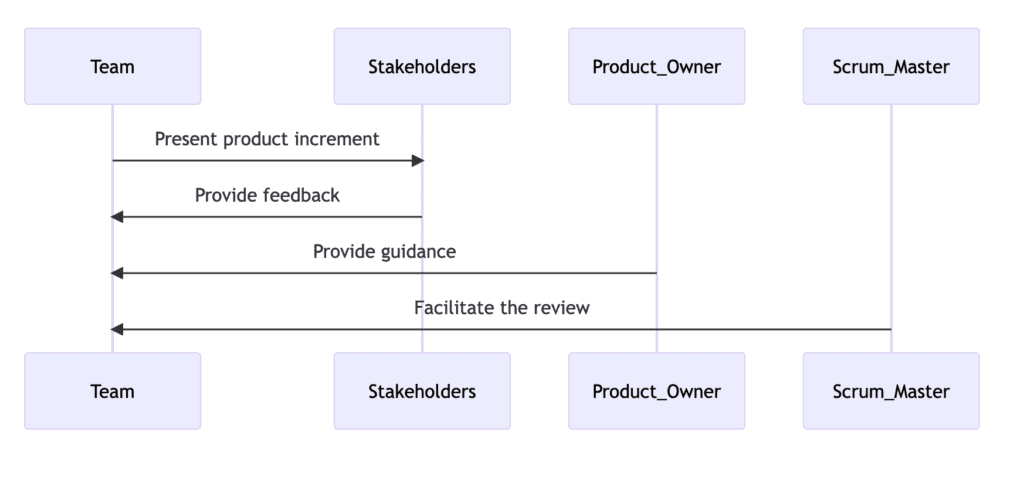Please find highlights from Satya Narayan Dash’s webinar – Practical Scrum Using MS Project Agile – being provided by MPUG for the convenience of our members. You may wish to use this transcript for the purposes of self-paced learning, searching for specific information, and/or performing a quick review of webinar content. There may be exclusions, such as those steps included in product demonstrations, or there may be additions to expand on concepts. You may watch the on-demand recording of this webinar at your convenience.
Sprint planning is a crucial event in Scrum Methodology that takes place after the Sprint retrospective of the previous Sprint and before the first daily Scrum of the current Sprint. The meeting involves the product owner, developers, and the Scrum Master, although other key stakeholders can also participate.

During the event, the team will start by refining the Product Backlog, which is a prioritized list of items. The top-priority items are ordered towards the top of the backlog, and they will have a clear priority order, description, and estimation after backlog refinement. The estimation can be done using the Fibonacci series, specifically 358 if using user stories.
Product Backlog Refinement
When it comes to writing user stories or features, a text area is used in the Gantt chart view or the screen planning sheet. The user stories are written in the format “As a user, I want this so that [the business benefit] or [the business value].”
Establishing the Sprint Goal
Once the backlog items are refined, the team will choose one or more top-level items to move into the Sprint backlog, depending on their capacity for the upcoming Sprint. The Sprint backlog is then divided into smaller tasks, and each task will be estimated in hours during the Sprint planning meeting.
During the Sprint planning meeting, the team collaboratively discusses and reviews the product backlog with the product owner, who is responsible for owning and prioritizing it. The product backlog is a prioritized list of items that represent the features, changes, or improvements to be made to the product. The product owner also prepares the product goal, which is a high-level statement that describes the desired outcome or benefit of the product being developed.
After reviewing the product backlog, the team works together to establish the Sprint goal, which is a concise statement that defines what the team aims to achieve during the upcoming Sprint. The Sprint goal should align with the product goal and be achievable within the Sprint timeline.
Creating the Sprint Backlog
Once the Sprint goal is established, the team selects the items from the product backlog that they believe can be completed during the Sprint and moves them into the Sprint backlog. The Sprint backlog is a list of items that the team has committed to completing during the Sprint, and it includes the tasks necessary to deliver the product increment. The team decides how they will break down the items into tasks, estimate the effort required, and assign tasks to team members.
Sprint Backlog Tasks
It’s important to note that the team is self-organizing and self-managing, which means they have the autonomy to decide how they will approach the work and who will be responsible for which tasks. The Scrum Master and product owner facilitate the process, but the team ultimately decides how they will work together to deliver the Sprint goal.
The Sprint planning event is time-boxed to a maximum of four hours for a two-week Sprint, which ensures that the team stays focused and the meeting is productive. By the end of the Sprint planning event, the team should have a clear understanding of the Sprint goal, the items to be completed, and how they will approach the work. This helps to ensure that the team can deliver a valuable product increment by the end of the Sprint.
Conclusion
By the end of the Sprint planning event, the team should have a clear understanding of the Sprint goal, the items to be completed, and how they will approach the work. This helps to ensure that the team can deliver a valuable product increment by the end of the Sprint.







